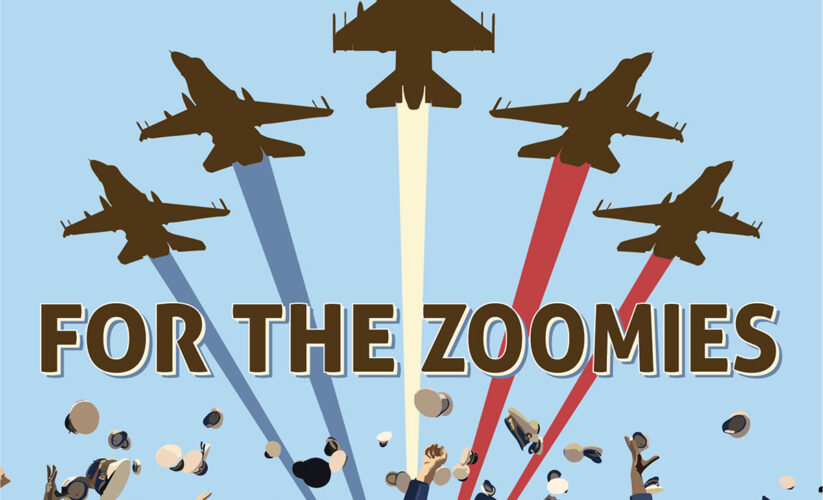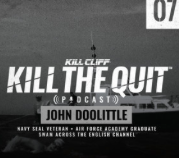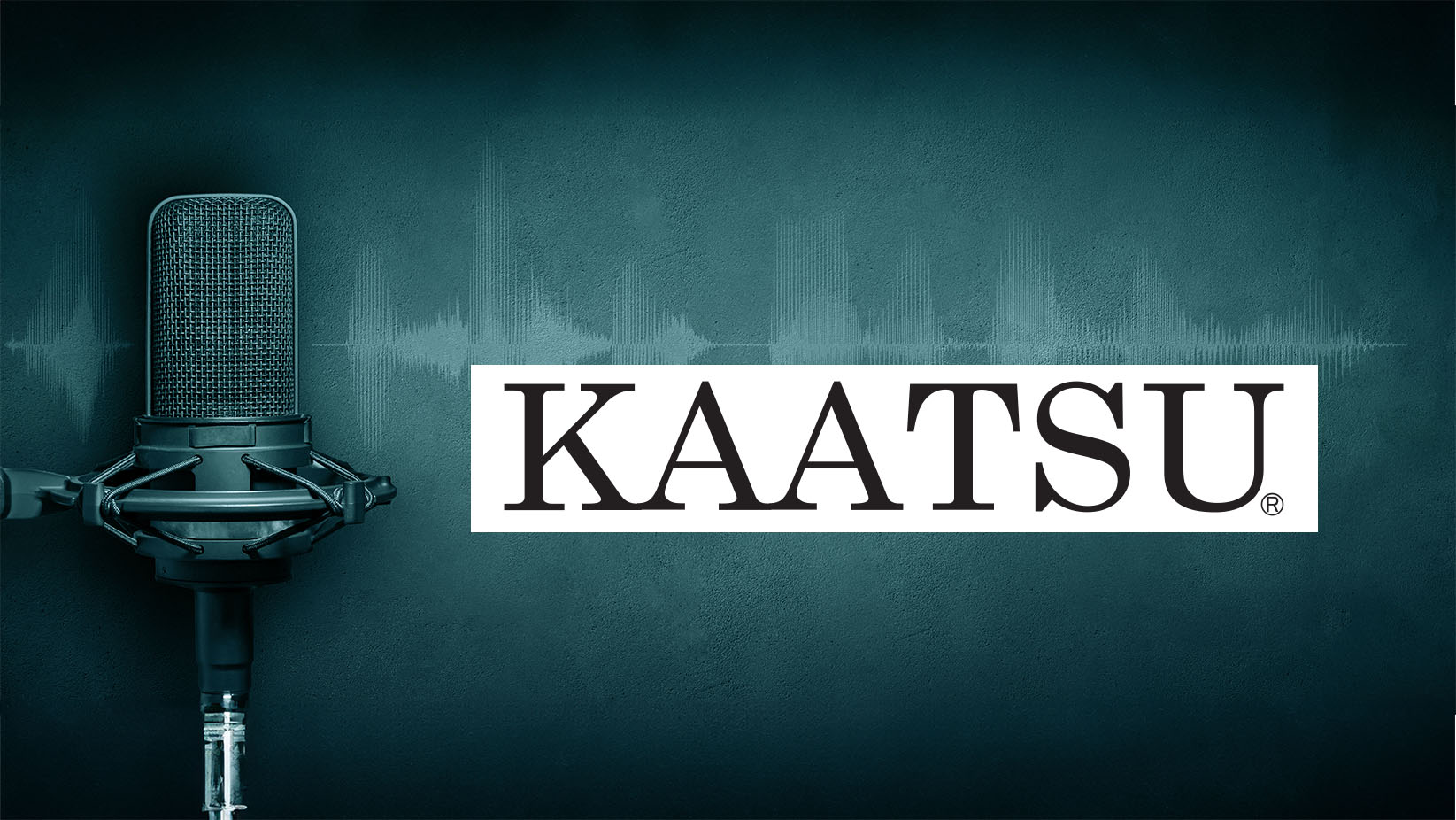
Combat PTSD and KAATSU with John Doolittle, Shots from the Winchester Podcast
Episode Description
Our host Jon talks to John Doolittle about life, PTSD, where John was when 911 happened and the often fatal struggle combat veterans are going through while dealing with combat PTSD.
KAATSU® is the pioneer in the emerging Blood Flow Restriction (BFR) market that automatically and safely optimizes blood circulation for health, fitness, rehabilitation, and recovery.
John Doolittle is a former Navy officer who benefited from KAATSU for rapid rehabilitation. Using the second-generation KAATSU device to rehab from both a bicep tendon surgery and a total knee replacement surgery. After experiencing unprecedented recovery after 3 surgeries, he decided to join KAATSU Global to bring the industry-leading technology to his fellow tactical athletes in the military and in all federal and government entities.
When he returned from the military, John took a senior role with KAATSU Global, the company that improved his life.
https://greencastleconsulting.com
➡️ Instagram – https://www.instagram.com/greencastleconsulting
➡️ Facebook – https://www.facebook.com/1997GAC
Check out and order a KAATSU support system and keep in the fight.





